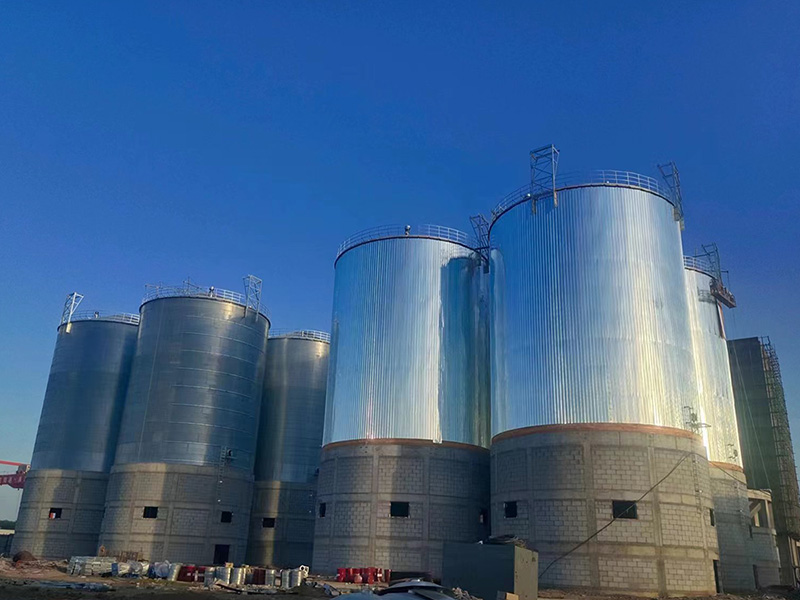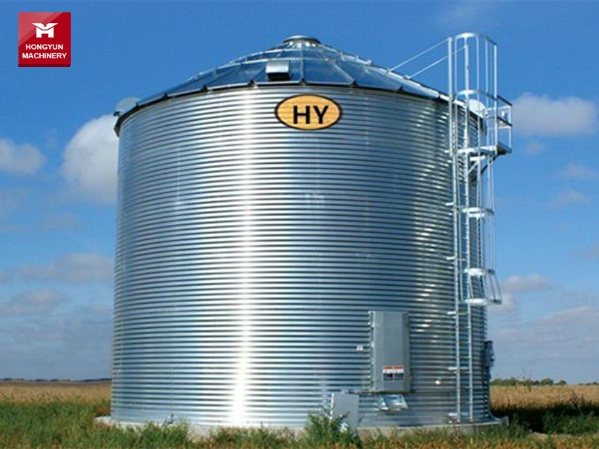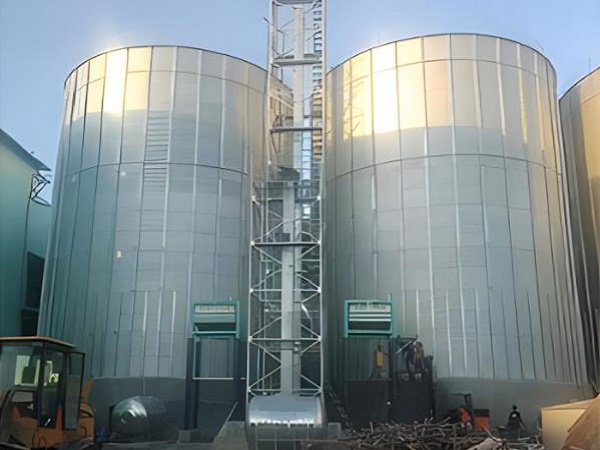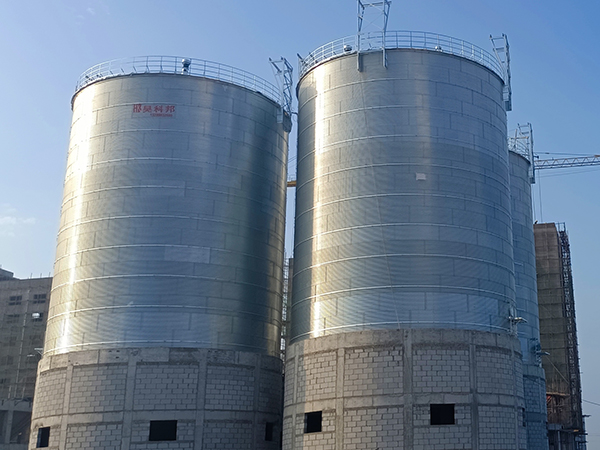Corn Steel Silo,Prices,Sales,Supplier in Uganda
Corn steel silo have specific production requirements and solutions for storing raw grain. In regions with significant temperature differences, the thin walls of corn steel silo can cause condensation, potentially damaging the grain.
- Main Advantages of Wheat Silo in Uganda
- Main Functions of Wheat Silo in Uganda
- Corn mill factory in Mali
- Maintenance Methods for Wheat Silo in Uganda
- Maintenance Methods for a Rice Silo in Uganda
- Wheat mill supplier in Malawi
- Installation Process of a Rice Silo in Uganda
- Structural Composition of a Rice Silo in Uganda
- Flour mill sale in Rwanda
- Main Advantages of Rice Silo in Uganda
- Primary Functions of Rice Silo in Uganda
- Grinding mill cost in Libya
Production Requirements and Solutions for Corn Steel Silo
Corn steel silo have specific production requirements and solutions for storing raw grain. In regions with significant temperature differences, the thin walls of corn steel silo can cause condensation, potentially damaging the grain. However, by controlling the moisture content of incoming grain, condensation issues can be mitigated through the addition of exhaust pipes and the installation of axial flow fans.


Construction Requirements for Corn Steel Silo
Foundation Investment:
In areas with poor geological conditions, such as quicksand, the foundation investment for steel silo accounts for 34% of the total investment.
If built on softer geological conditions that are not quicksand, the infrastructure investment should not exceed 15% of the silo’s cost.
For areas with lower costs for sand and stone, the total cost, including different storage capacities, materials, transportation, and miscellaneous expenses, plus 30% to 40% for tools, welding rods, rust-proof paint, and construction costs, can be considered the investment for the warehouse.
Process Design:
The design should include process flow, equipment selection, dust removal systems, mechanical ventilation, noise control, and pest control.
Bottom Steel Silos:
Flat-bottom steel silos should use cleaning machines, fluidization grain discharge, or other discharge facilities.
Discharge Method:
Steel silos with a diameter below 10m should use a gravity discharge method. The bottom slope angle (α) should meet the following requirements: wheat, soybeans, corn: α≥40°; rice: α≥45°.
Equipment Layout:
The layout should ensure space for equipment hoisting, operation, and maintenance.
Work Tower:
For complex operations with many steel silos, a work tower should be installed. For fewer and simpler operations, a work tower is unnecessary, and materials can be delivered directly into the warehouse via a lift tower using distribution plates or slide pipes.
Design Determination:
The process design should consider the total storage capacity, usage functions, operational requirements, and material handling methods. A technical and economic comparison should be performed to finalize the design.
Addressing Temperature Differences and Condensation
Despite the thin walls of corn steel silo, grain is a significant thermal insulator. Temperature changes are only noticeable within 40 cm of the silo wall. Corn steel silo heat up quickly but also dissipate heat rapidly. Equipped with temperature monitoring devices, changes in grain temperature can be easily detected and managed from the control room.
Installing exhaust pipes and axial flow fans at the top of the silo is necessary. Mechanical ventilation systems and centrifugal graded ventilation are effective measures for safe grain storage. Additionally, mobile cooling ventilation devices can keep raw grain at low temperatures. Proper ventilation, cleaning, screening, grading, and dust removal methods ensure the safe and reliable storage of raw grain in corn steel silo, maintaining grain quality.








